Most Common Weeds in Alberta Lawns & Tips to Manage Them
Reading time: 7 minutesUnfortunately, even the most well-cared-for lawns are susceptible to weeds. Understanding which weeds you're most likely to encounter, how to identify them, and ways to manage them are crucial for maintaining a healthy and vibrant lawn.
Let’s take a closer look at some of the most common lawn weeds found in Alberta and what you can do to eliminate them.
1. Dandelion
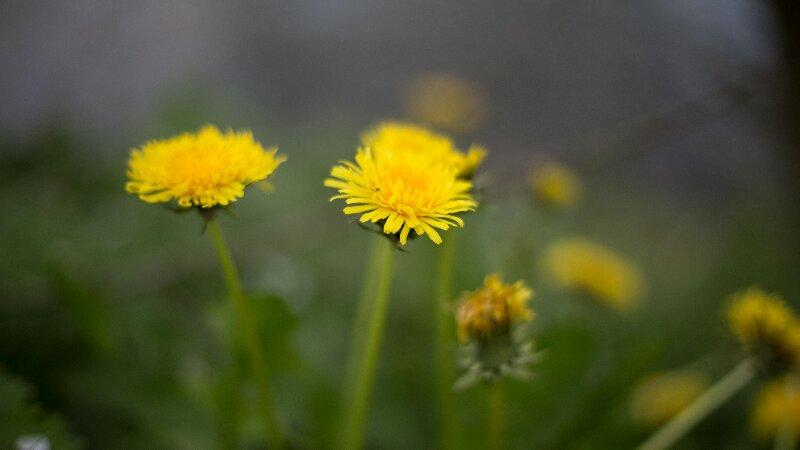
Dandelions are often considered the "harbingers of spring," and their bright yellow heads usually indicate it’s time to get ready for warmer weather after a long, cold winter.
However, these pollen-filled blooms also bring spring allergies, wasps, and other nuisances. They stand out like a sore thumb against lush, green lawns, and during pollination, tiny seeds with white, fluffy "parachutes" can be seen flying all around.
Getting rid of dandelions can be challenging since they have an extremely long taproot. Pulling them up usually won't cut it and a broadleaf herbicide is needed.
2. White Clover
White clover is an extremely common and obvious weed that usually pops its head up in early spring, along with dandelions as the first "flowers" of the year. But these little white blossoms are actually weeds and can quickly take over your grass if not kept in check.
White clover tends to thrive in nutrient-deficient or nitrogen-rich soil, and while they attract beneficial pollinators like bees, they can ruin the aesthetic of your lawn. This weed responds well to selective herbicides containing iron applied to the clover's entire root system; otherwise, it can return quickly.
3. Quackgrass
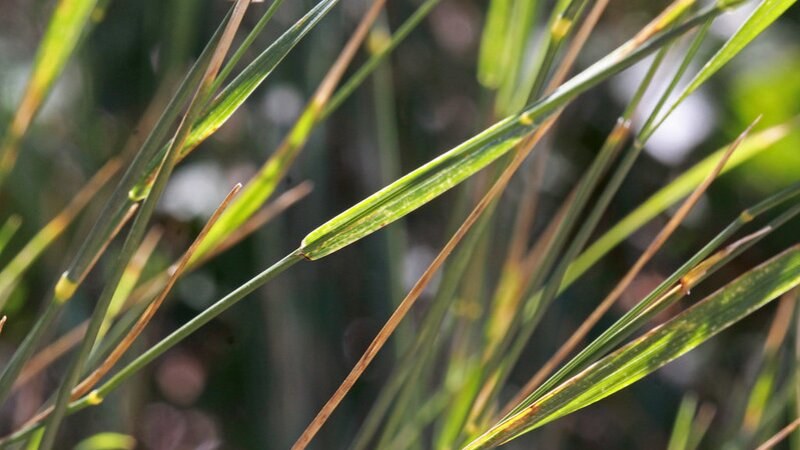
Quackgrass looks like grass or wheat, but it's not—hence the name "quack" grass. This super-aggressive weed can survive in various outdoor conditions, which means it's challenging to eliminate once the plant has taken root.
As quackgrass grows, it forms thick clumps that easily overtake other varieties of grass and can even hurt garden plants like potatoes. It can regrow from the smallest pieces of leftover root, so it will most likely return if quackgrass isn't thoroughly removed.
A few mitigation techniques can be used to control quackgrass: removal by hand, using herbicide on clumps of quackgrass that emerge, or putting a tarp or landscaping plastic over it to cut off its supply of water and oxygen.
4. Canada Thistle
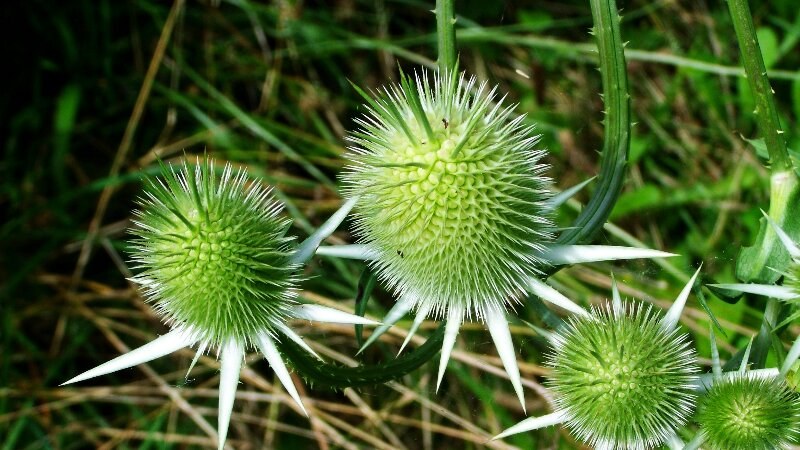
The Government of Alberta describes Canada thistle, sometimes called Canadian thistle, as an aggressive perennial weed with a fast-spreading root system that is hardy and resistant to drought and disease. These weeds have sharp spines and can quickly replace native plants that are good for animal foraging. Like dandelions, Canada thistle can be treated with broadleaf herbicides applied to the leaves and stems of the plant. However, due to its thorny stem and aggressive growing patterns, it can be very difficult to control.
5. Ground Ivy
Ground ivy, also called Creeping Charlie, is an invasive perennial weed that initially may look pretty but, like mint, can soon engulf your entire lawn, garden beds, and landscaping. This plant grows in moist, shaded soil and can be toxic to horses if consumed in large amounts.
You can remove small patches of ground ivy by hand, but this isn't recommended for large invasions. Just ensure you've removed all the roots to keep the plant from regrowing. The best control method for ground ivy is with an appropriate herbicide, avoiding other plants wherever possible.
6. Creeping Bellflower
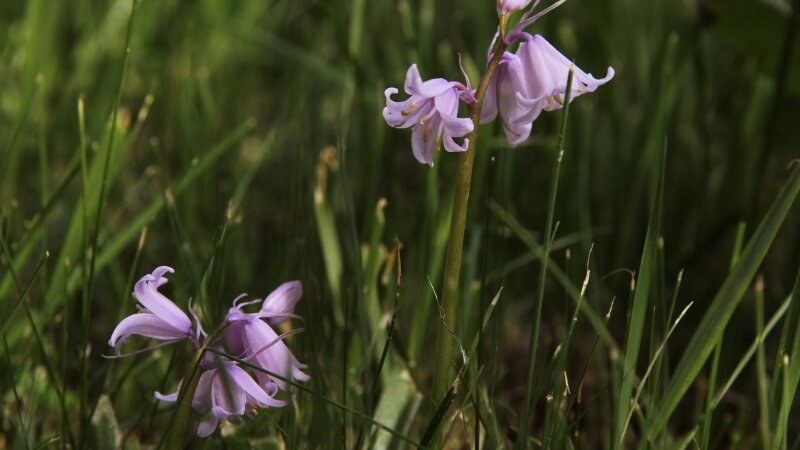
Creeping bellflower is a tall perennial weed with thick, woody stalks and bright purple flowers. Like ground ivy, this might be ornamental if not for the weed's habit of taking over everything it grows near. Canada's most common places to see creeping bellflower are Alberta, British Columbia, Ontario, Manitoba, Nova Scotia, New Brunswick, Newfoundland, Quebec, and P.E.I.
Specific herbicides containing a triclopyr compound have been shown to mitigate the spread of creeping bellflower, but total control is hard to achieve. If you decide to remove them by hand, make sure to take the entire plant plus the root ball. Don't compost them, or they'll likely reappear.
7. Chickweed

As a "winter weed," chickweed is found everywhere in Canada due to the area's chilly climate. The plant gets its name from being a favourite food of chickens and folds up at night or before it rains, but that's where the appeal ends. It grows in tight swaths that cover the ground, making it difficult to mow and choking out grass that may be growing underneath.
To get rid of chickweed, use a broadleaf herbicide and maintain a healthy, thick lawn. Aeration also disrupts the shallow root system of chickweed, causing the plant to die.
8. Common Tansy
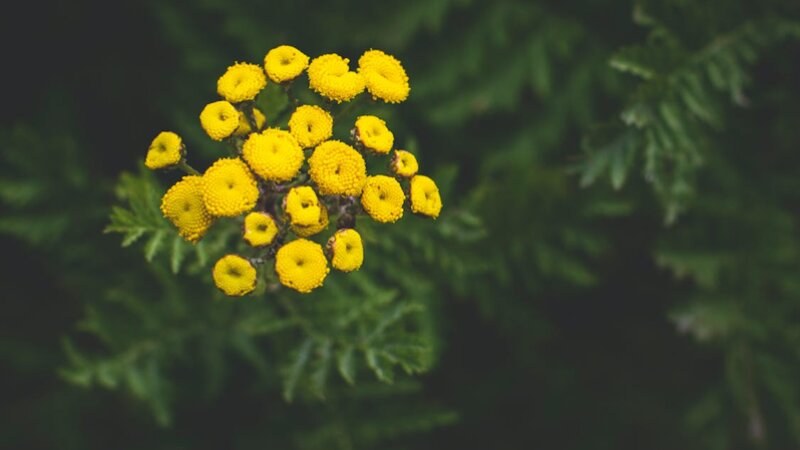
The common tansy, sometimes called garden tansy or golden buttons, is a cousin of the sunflower and has a history of medicinal use despite its toxicity in large quantities. Like other perennial weeds, common tansies are spread by their seeds and roots, so removing or destroying the entire plant is necessary to keep it from returning.
Some herbicides effectively eradicate common tansy populations; however, these often contain compounds that should not be used near bodies of water due to the high potential for groundwater contamination. Better methods of controlling this invasive weed include mowing, hand pulling, and planting competitive grass species.
9. Toadflax
Dalmatian and yellow toadflaxes are persistent weeds that look like snapdragons and can interfere with cultivated landscaping, lawns, and gardens. These plants grow tall, sometimes more than 2 feet in height, and have yellow-orange blooms in the summer. Toadflax reproduces by seed and stalk and is a good food source for certain types of beetles.
To get rid of toadflax, beetles can be introduced as biological control or by applying a selective broadleaf herbicide like those used to control dandelions and white clover. However, these compounds may be non-selective and may kill grass as well, so it's important to consult with a weed removal service before application.
10. Leafy Spurge
Leafy spurge is a creeping perennial weed that emerges in the spring and can grow up to 3 feet tall. Because this species is so competitive, it can easily overtake other plants and reduce habitat diversity. Once established, leafy spurge spreads quickly, with seeds travelling as far as 15 feet away.
Prevention is vital for managing this particular weed since complete eradication can take years. With manual removal of leafy spurge being largely ineffective, herbicide is the most effective method of controlling leafy spurge. Biological controls may also be used, including goats, flea beetles, and certain types of moths.
11. Buttercups
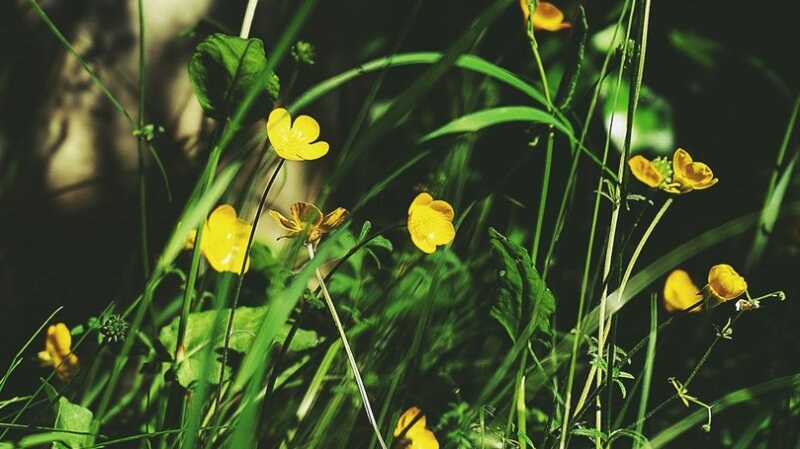
Buttercups are weeds with tiny yellow flowers that seem charming at first but can ruin the look of a manicured lawn. Buttercup weeds are also toxic to livestock and can overtake flower and vegetable gardens, growing nonstop until the ground is nearly frozen solid.
Hand-pulling buttercups only works when there are a few, and currently, no biological controls exist for this specific plant. Broadleaf herbicides can be used for buttercup weeds, but they should be used carefully to avoid coming into contact with non-target plant species. Herbicides that contain the compound aminopyralid have also been proven to be safe for both lawns and livestock.
12. Purple Loosestrife
Purple loosestrife is a flowering weed that spreads by root, making it another tough-to-kill species. You can prevent these plants from flowering by mowing or cutting them down, but you must destroy the root system completely to keep it from returning. Even root fragments in water can survive and grow a new plant.
Effective controls for purple loosestrife include glyphosphate-based herbicides that are applied carefully only to target vegetation.
How to Manage Weeds In Your Alberta Lawn
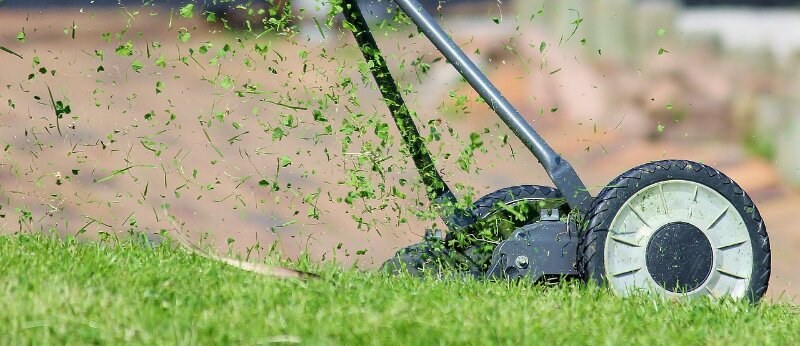
A weed management plan is important to keeping your lawn healthy and looking great. Not only do you need to be ready to get rid of weeds on the spot, you should have a prevention strategy to help deter them from returning.
Weeding by hand is rarely practical in the context of a lawn, even if it’s a small one. Usually, herbicides and other control methods are implemented to eliminate weeds on a larger scale so they don’t steal nutrients and moisture from your lawn or take over it.

Turning to Lawn Experts for Weed Control in Alberta
Green Drop's weed control services help eliminate weed problems before they can even start. Plus, our lawn treatments are environmentally friendly and safe for kids and pets, so you can feel great about keeping your yard healthy and weed-free.
Our experienced GreenKeepers know how to get rid of weeds on your lawn and provide lawn care services in Calgary, Edmonton, Red Deer, and surrounding areas in Western Canada, such as Regina, Saskatoon, and Winnipeg.

